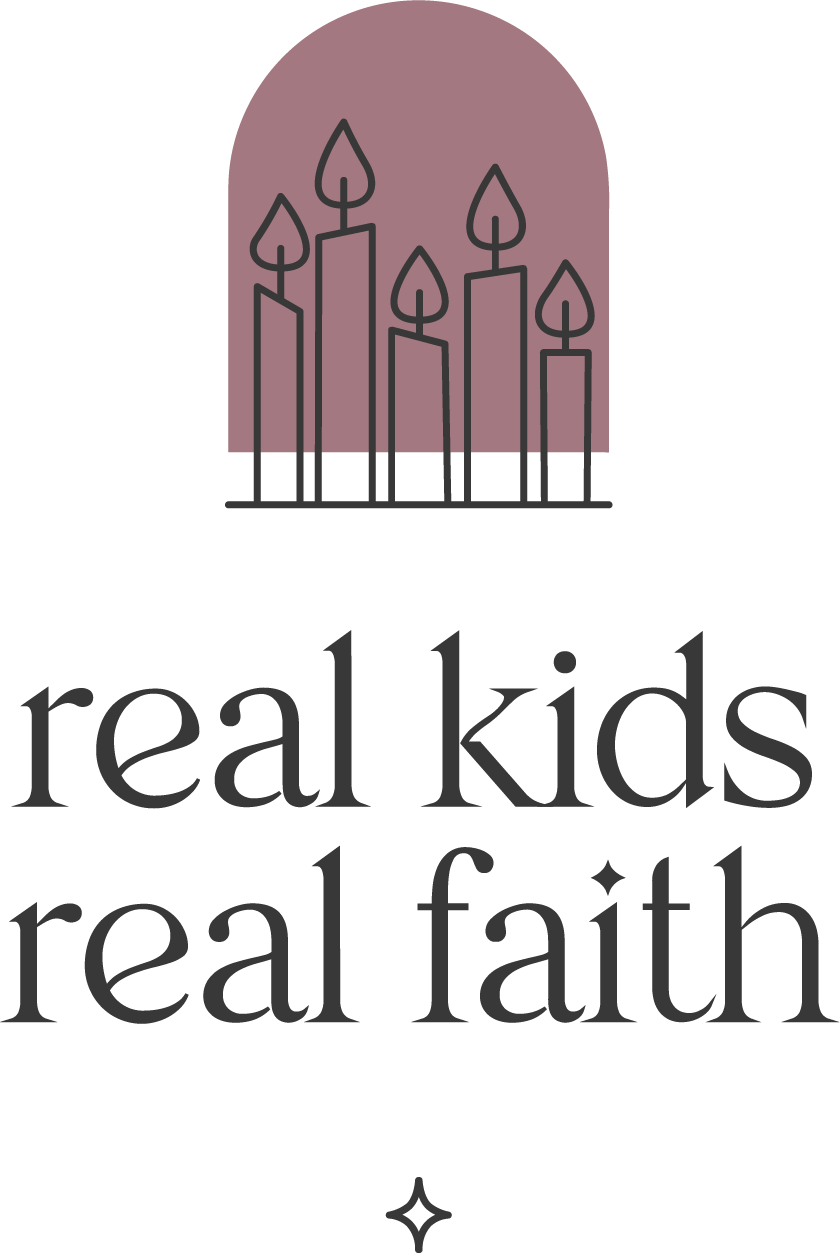People of all ages make personal New Year’s resolutions. Adults resolve to be more patient, develop an exercise routine, or cut down on processed foods. Children resolve to try a new sport, take better care of the family pet, or share their video console with their younger sibling. This January, consider an intergenerational family resolution: learning something new together.
Intergenerational learning is a powerful way to support positive child development. Studies show that such experiences contribute to cognitive growth as well as social emotional learning. Children appreciate exploring alongside an adult role model and adults are often surprised at how much they discover as they see things from their child’s perspective.
The same studies suggest that the best shared learning opportunities focus on family characteristics or social issues. With younger children, start with a general question, such as ‘what is a family?’, ‘where did our family come from?’, or ‘what causes climate change?’ With older children, pick a more specific interest, such as cultural foods, ancestral vocations, or anti-racism movements in the U.S. Let children take the lead in selecting the topic, but make sure everyone in the family is interested.
Once you have a topic, assign every family member a role in the learning process. Talk about each person’s strengths and preferences and link their initial contributions to things they like or do well. A preschooler may be great at identifying interesting questions or enjoy taste-testing ethnic recipes. Early elementary kids may prefer to be list-makers, graph designers, or videographers. Older elementary children may bring spreadsheet or cooking skills to the table. Adults may put together quilt squares, search for educational videos, or take dictation for a family research journal.
Keep the learning process open-ended. If family members tire of a particular task, trade responsibilities or imagine other ways of working together. Don’t get bogged down in genealogical details if what everyone wants to explore is what it was like for grandma to live through World War II or how many ‘Roberts’ there are in your family tree. Notice the ‘outliers’ – the information that doesn’t fit neatly with the other data you’ve gathered – and wonder why. Invite differing interpretations instead of insisting on one ‘right’ answer.
Use the information you gather to generate new questions or activities. Watch a video about animals endangered by climate change and brainstorm ways you can make a difference. Pick and implement an idea that everyone agrees is worth trying. Make several recipes that represent your family culture and then practice perfecting your favorites to share with others. Develop new holiday traditions that better reflect your new understanding of what it means to be a family.
Throughout the process, encourage children to take the lead. Build your child’s confidence and sense of agency by including them in decision-making and putting them in charge of project components. Offer choices and then abide by their preferences. Provide support for tasks that they find difficult, such as reading materials aloud for younger children, finding an online tool that converts liters to ounces for recipes, or helping decipher old handwriting. Enjoy being a co-learner rather than the person in charge.

Comments